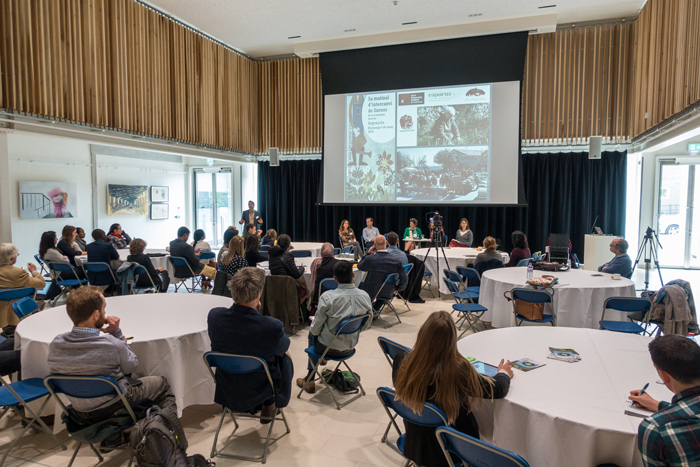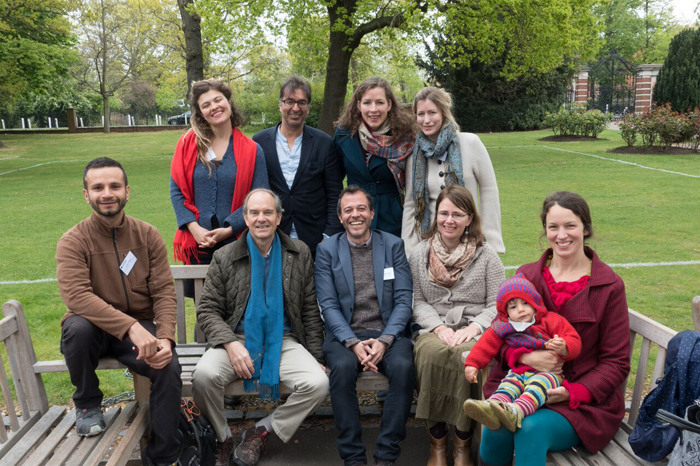At first glance, the suggestion may seem rather improbable, sensationalist, and unscientific to the reader, knowing the present state of nature on Earth.
The title, however, does reflect the actual content of my post. I summarize what I learned at a Conservation Optimism Summit, held in London – part of an international series of conferences (Earth Optimism Summits) – concerning this new way of thinking “Optimistic conservation” may seem controversial to many, as nature conservation itself has been conceived to solve the problems of the environment, and thus it is basically recognised as a crisis science, and, because of this character, it has always been overshadowed by a certain feeling of despondency and despair.
As a result, even in the case of successful conservational activities, the emphasis was and still is often laid on the hardships and the problems which can be expected in the future. This approach has been challenged in the Earth Optimism Summit. This optimistic attitude towards nature conservation, which has been present for years and is gaining momentum as we speak (e.g. Jane Goodall’s work, Balmford 2012), does not endeavour to hide the rapid loss and deterioration of the natural values on Earth, but instead seeks to support the activity of resolute, committed nature conservationists and lay people as well. Its main aim is to enhance the efficiency and success of nature conservation by sharing successful precedents, drawing their lessons and following in their steps.

The talks held at the London Conservation Optimism Summit provide examples from all around the world, which demonstrate that there are indeed successful steps being taken towards the protection of our natural values.
Andrew Balmford, Professor of the University of Cambridge, sketched a comprehensive picture which supported that the presence of this optimistic attitude in nature conservation is not unfounded, as many scientific results, from various parts of the world and concerning different taxonomical groups, confirm that nature conservation treatments and measurements have indeed happened successfully, and offer grounds for hope. These include, for instance, the increase in the number of several near-extinct species, brought about clearly because of conservation actions (Durrell Index); examples include the Saint Lucia Amazon as well as the Great Egret in Hungary.
On the basis of the cases presented, I conclude that conservational activities have only ever been deemed successful or hopeful by researchers or conservational experts, when their aims were shared by and the work was carried out together with others outside the formal scientific or conservation community, and the long-term sustainability, or even enhancement of the results could be expected. To achieve this, above all, personal calling, endurance, multi-layered communication, and thinking and acting on the community level are needed (Goodall 2013).
The session organized by the Global Environments Network also concerned the mutual dependence between communities and natural and cultural values, and the importance of nature conservation for all areas. The lecturers of the session also tried to draw attention to the ambiguousness of the ‘Half-Earth/Whole Earth’ conservation concept by reporting conservation activities carried out at highly disparate locations across the globe. One of the aims of GEN itself is to provide a community for those working for the conservation of natural and cultural values.
Nearly all the speakers at the Summit talked about similar processes: long years of scientific research and observations have helped them realize the problems, while real understanding and solution, or at least amelioration of the situation was, without exception, paved by cooperating with local residents (e.g. IPBES, Indigenous and community conserved areas (ICCAs), Roué & Molnár 2017). Real optimism about their own conservation activity appeared only after succeeding in this way. Connecting with local residents includes many challenges and may produce failures, but everyone reported that forging connections, finding a common language, and thus improving existing communities or even forming new ones are worth the effort and time.
Read part 2 of this post here.



